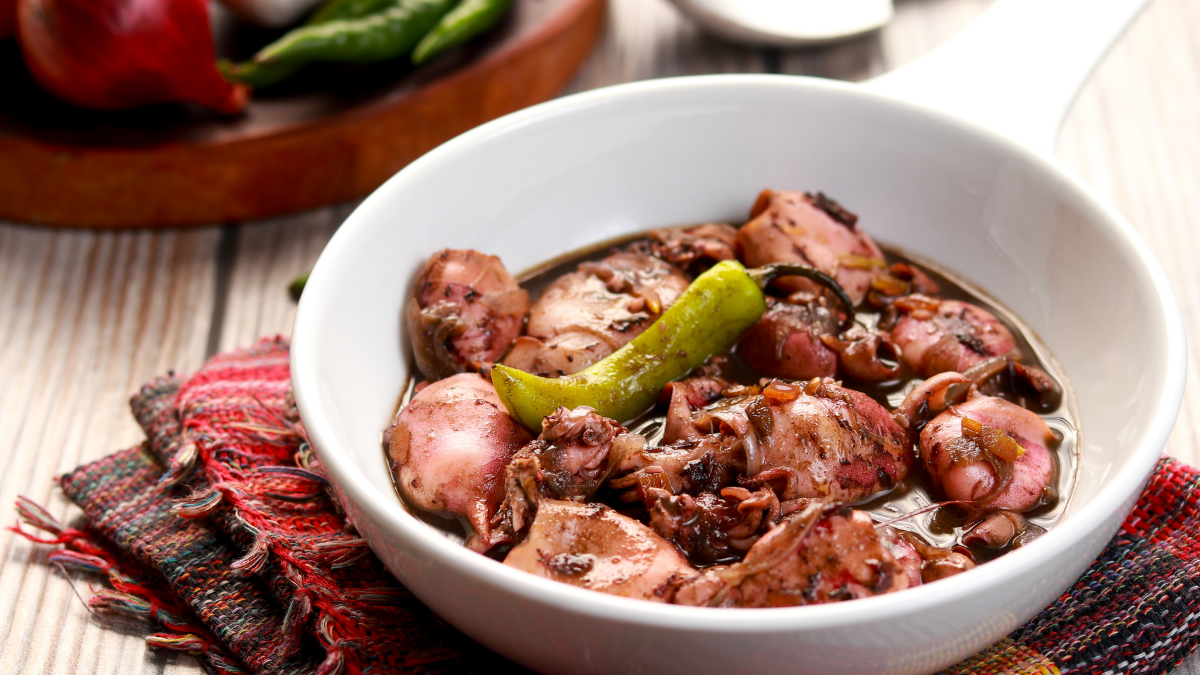Are you someone who’s tried cooking before and been disappointed by the outcome? Have you grown discouraged after following recipes to the letter and still not getting the results you expected? Do you often find yourself wondering why you can never seem to do anything right in the kitchen? Before you write yourself off as a bad cook, know this: there’s no such thing as bad cooks, only ones who lack knowledge and experience. By taking the time to understand a few basic cookery concepts, you too can prepare your mom’s sinigang or adobong pusit recipe with confidence. Here are 3 reasons why you’re not getting the results you want in the kitchen—and what you can do to improve.
You Don’t Season as You Go
One of the most common mistakes that beginner cooks make when they first start to experiment in the kitchen is not tasting the food as they go. They usually arm themselves with recipes and expect a good outcome just from following the instructions. However, such an approach usually produces mixed results. The only way to make sure that a dish will taste good is to try it at every stage of the cooking process and adjust the seasoning as necessary.
For most savory dishes, the only seasoning you really need is salt, preferably kosher salt. This type of salt is coarser than table salt or iodized salt, allowing you to better control the amount of it that you put in your dish as it’s cooking. Another seasoning that most cooks consider essential is pepper, specifically ground black pepper. Every time you add salt or seasoning, taste the dish and see if it’s to your liking. Use a light hand; remember, it’s easier to add salt to a bland dish than it would be to save one that’s been too heavily salted.
You Don’t Know How to Manage Your Heat
Most recipes tell you when to use low heat, medium heat, medium-high heat, and high heat. To a novice cook, though, that all may as well be an alien language. The little pictures next to the dials on the stove? They might as well be hieroglyphics.
In general, heat levels follow a logical progression. High heat usually sits right at the very top of the dial; the flame itself should reach quite high when you place a pot or pan down on it, almost fully enveloping the bottom. Turn the dial down towards the midpoint and you have medium-high heat; a quarter of the way to the lowest setting, and you should be looking at medium heat. Finally, low heat is what you get when you turn the dial as far down as it can go. The flames at this point should be just visible.
With a bit of practice and experience, you should be able to tell the difference between these heat levels and know how to use them appropriately. When cooking, you may need to adjust the heat to keep your food from cooking too fast or too slowly. Prone to burning your food? Consider starting at a lower heat level next time. Does your food feel like it’s taking too long to cook? Try turning the heat up.
You Don’t Make Use of All Your Senses
Knowing how to use all of your senses while cooking is a vital skill. Relying only on your sense of taste or sight isn’t enough: for example, a recipe might call for chicken to be “golden brown” after frying, but just because you’ve achieved that color doesn’t mean that it’s perfectly cooked on the inside. Your senses of smell, touch, and hearing can provide you with valuable information on how your food is doing while it’s cooking.
For example, you can usually smell the difference when food is still raw, perfectly cooked, or starting to burn. You can also determine the doneness of a protein by pressing on its surface with your fingertips and feeling its firmness. Finally, you can verify that your pan or oil is hot when you drop ingredients on it and hear that distinct sizzle.
Don’t walk away from your food while it’s cooking. You’ll learn more about it when you stay there and watch all the changes your ingredients undergo as they’re exposed to heat, to liquids, to various seasonings. Before long, you’ll have built a baseline of knowledge that you can refer back to next time you try a new recipe out.
Anyone can learn to cook, and cook well, if they give themselves enough time to study the basics. Making an effort to learn how and why ingredients interact with each other, with the vessels you use to cook them in, and with temperature changes can prove invaluable.





